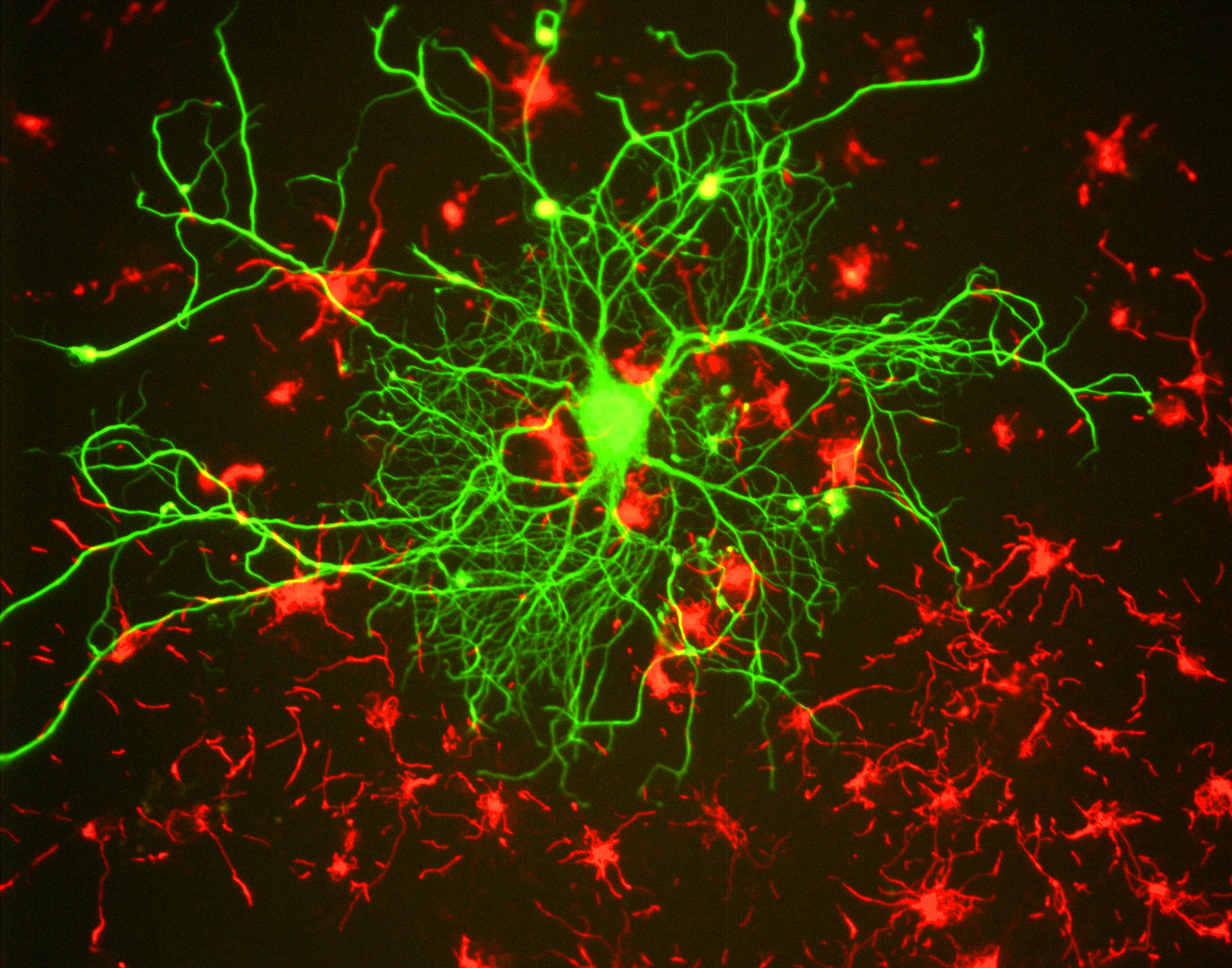I was asked whether the inclusion of Food Addiction in the DSM would encourage people to seek treatment because it could be covered by insurance that way. For those who missed my presentation (of which, there were many), the DSM (Diagnostic Statistical Manual) is essentially the most widely accepted, universal handbook for psychological disorders. I searched and uncovered numerous requests for such an inclusion. Although the reality of food addiction has gained considerable traction in people accepting its validity recently, what I have found is that it is fairly easy for someone with food addiction to be diagnosed with another disorder that is contained within the DSM. As I discussed in my presentation and my paper, food addiction has an extremely high comorbidity with myriad other disorders such as Binge Eating Disorder and Depression. For these reasons, I don't believe insurance reasons are a primary barrier to people seeking treatment; if anything, the barrier lies in the stigma associated with obesity—which I argue could be alleviated by adopting the addiction model for obesity. Critical and academic sources on this topic of including food addiction in the DSM are scarce, so I was unable to include it in my paper unfortunately. I hope this information helps!
 Another question I received whose content I was able to include in my paper concerned the brain's pleasure center. In class, I showed a video (see earlier post) that described food's activation of the brain's pleasure center. Someone asked if there was a way to simply turn the pleasure center off. To answer this question, I can say: sort of. Here is a picture of brain cell, or neuron connecting to a bunch of other neurons (see right). Whether they are gustation chemical receptors in the taste buds or olfactory receptors in the nasal cribiform plate, these receptors begin a cascade. When neurotransmitters transmit impulses, the pathways travelled by the electrical signals are known as signal transduction pathways. All drugs that affect the brain act at one or various places in the brain's signal transduction pathways. This can include messing with neurotransmitters or receptors in depression, anxiety, insomnia, and numerous other disorders. I have found that pharmaceutical treatments have, in fact, been administered to affect the signal transduction pathway associated with overeating. Specifically, I came across a patent designed to block odorant molecules from ever triggering the pathway stimulated through our sense of smell. When calcium channels are blocked in these receptors, food moderation can be achieved. There are numerous other ways to affect the pathway, but I stuck with one that seemed most prominent and interesting to me.
Another question I received whose content I was able to include in my paper concerned the brain's pleasure center. In class, I showed a video (see earlier post) that described food's activation of the brain's pleasure center. Someone asked if there was a way to simply turn the pleasure center off. To answer this question, I can say: sort of. Here is a picture of brain cell, or neuron connecting to a bunch of other neurons (see right). Whether they are gustation chemical receptors in the taste buds or olfactory receptors in the nasal cribiform plate, these receptors begin a cascade. When neurotransmitters transmit impulses, the pathways travelled by the electrical signals are known as signal transduction pathways. All drugs that affect the brain act at one or various places in the brain's signal transduction pathways. This can include messing with neurotransmitters or receptors in depression, anxiety, insomnia, and numerous other disorders. I have found that pharmaceutical treatments have, in fact, been administered to affect the signal transduction pathway associated with overeating. Specifically, I came across a patent designed to block odorant molecules from ever triggering the pathway stimulated through our sense of smell. When calcium channels are blocked in these receptors, food moderation can be achieved. There are numerous other ways to affect the pathway, but I stuck with one that seemed most prominent and interesting to me. Another question I had was regarding confusion during the aforementioned video. The video states that as one eats the chocolate milkshake, pleasure decreases. This phenomenon, as I have come to learn, is known as sensory-specific satiety. Essentially, it demonstrates the law of diminishing returns, in which each subsequent bite of the same thing yields less of a reward than something novel would, which leads people to eat less. This could prove fruitful in studying if following a food with monotonous diet caused people to feel less of the rewards from food. An adverse effect, however, may occur in which people's cravings for novel food stimuli increase and cause binge eating of new food if forced to eat the same food for long periods of time. I did not focus on this very much because little to know significant differences have been found between obese and not-obese people when it comes to sensory-specific satiety. The topic, though, is very interesting and has garnered quite a bit of attention, as evidenced by the Sensa fad. Basically, you pour Sensa, whose method of action I have yet to really explore, on food, and it makes you feel full. Although this did not make its way into my paper, I would love to look into this and discuss it in my next blog post!
Those were the primary new additions to my paper that had to do with class questions. In my next blog post, I would love to tell you all (however many of you there are still reading) about the ideas of "framing" campaign ads and how they may help in public health campaigns.
Hope you're all getting through finals okay!
Best wishes,
Graham

Obviously this is more of a statement than a comment, since your paper has since been turned in, but don't you think how fascinating how media & capitalism play such a large part in excessive eating? The numerous commercials on TV for food (market, fast food, sit-down restaurant, etc), the number of drive thru's (even here by USC) is exceedingly high, and the prices for them make them that much more appealing to families. What is it specifically about these fast food products that make people desire them so? Is it the individual's mentality, the prices, or just the over saturation of exposure of food chains?
ReplyDeleteThanks for the comment KD! Media and capitalism are essentially the most crucial part in excessive eating. To put things in perspective, Michelle Obama's unveiling of ChooseMyPlate.gov, the USDA's 2011 initiative to educate America about healthier eating choices and change the food pyramid to a food plate, has received tremendous backlash from a sector of the country that thinks government shouldn't involve itself in our eating habits. They claim that the $2 million invested in the development of the concept was a complete waste of taxpayer's dollars. Food companies, on the other hand, pay BILLIONS upon billions of dollars in advertisements alone. How is public health supposed to compete with that? It's ludicrous to criticize Michelle Obama's efforts in the first place, but as I try to make a claim in my paper, something needs to be done by the government. Political cartoons have circulated joking about a "nanny state" government, but isn't that what nannie's do? They make choices on behalf of the infant's well-being because the infant cannot do so for itself. I'm getting a little side-tracked here though...
DeleteAs for your question, its a combination of things. The fact is that because of money invested, junk food gets more exposure. Processed foods and animal product prices are artificially lowered because the government has historically subsidized these producers. There is just such an entrenched precedent for supporting these manufacturers that to suddenly undo it all would cause an uproar. These products and chains are simply easy and affordable, and it takes some serious support (ie. nutritionist supervision, support groups, etc.) to get people to enact meaningful lifestyle modifications.
From what I have found, there are strong correlations between socioeconomic status/education and overweight/obesity. So Michelle Obama's educational efforts on that front should show signs of increased awareness and progress. Her crusade is relatively recent, so studies are scarce assessing her success. Thanks again for the comment, hope this helps!